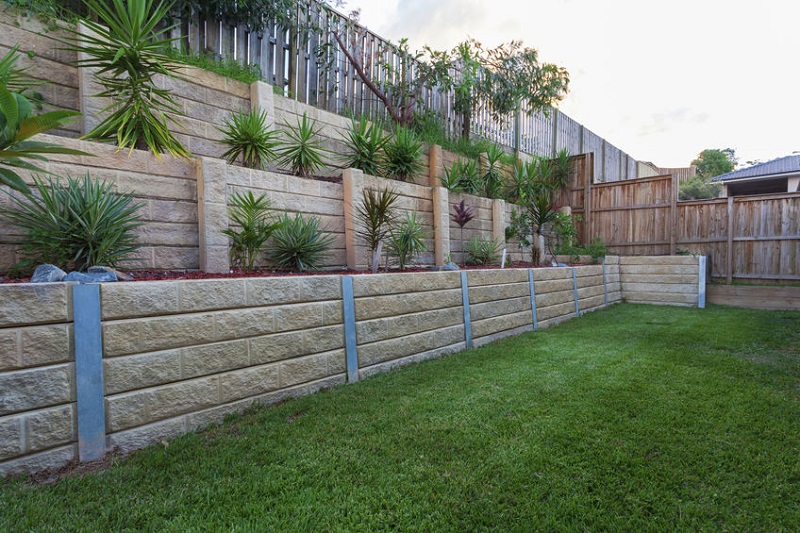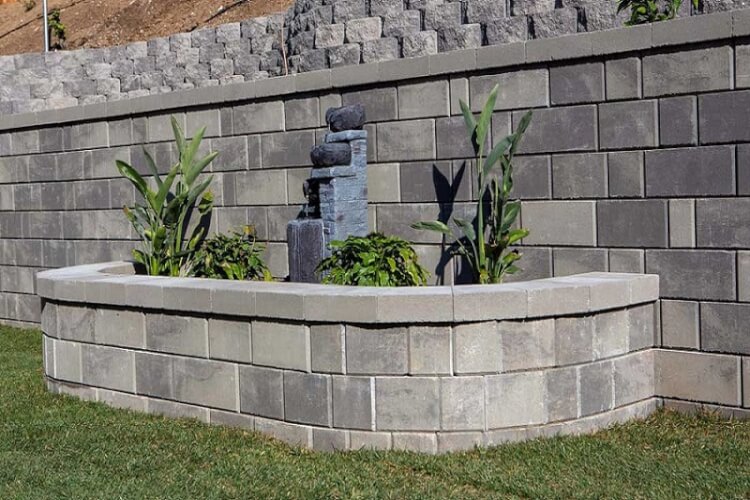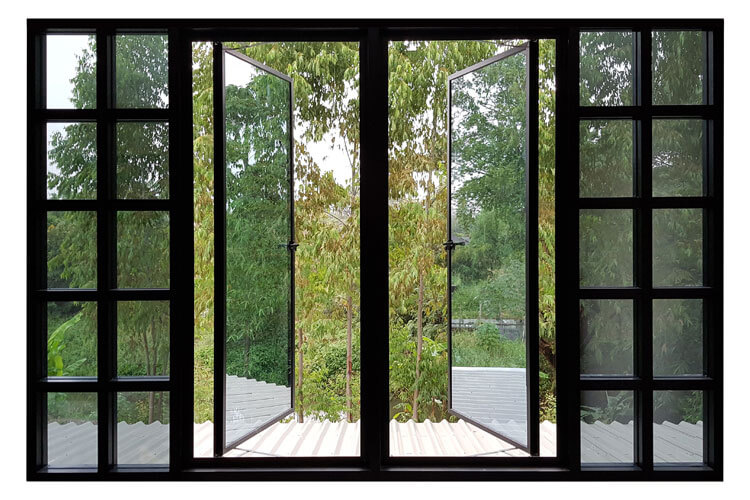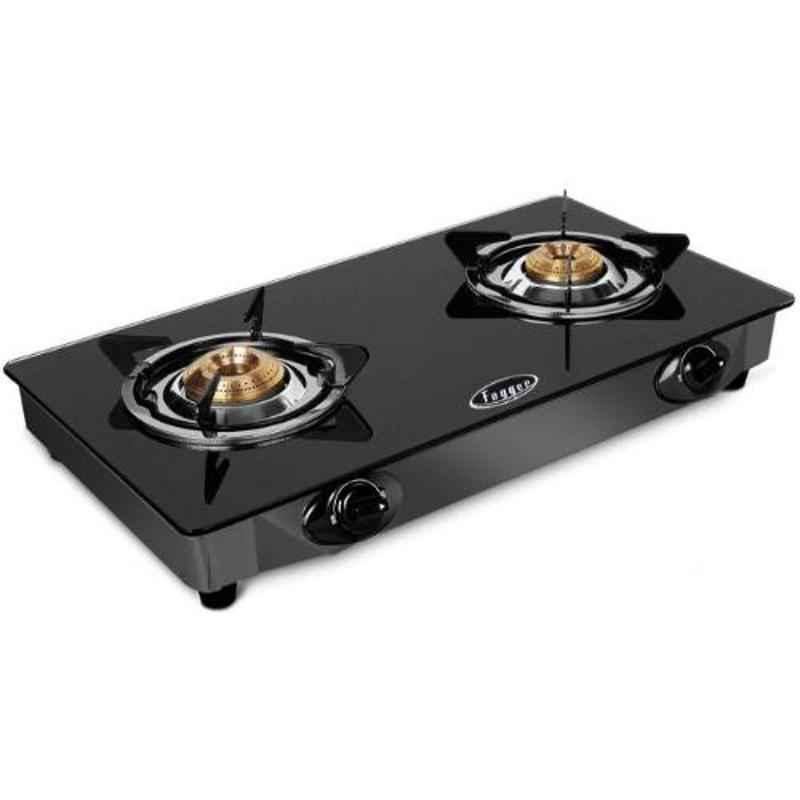Retaining walls are strong wall structures that offer support to the soil for keeping the ground’s surface at various elevations on the structure’s either side. These walls are extremely popular in commercial as well as residential landscaping.
Using them, you can add stunning hardscaping and stonework to your area, and you may change the landscape, creating tiers around prominent features by using gardens or flowerbeds.
Their capacity to preserve a yard by halting soil erosion and controlling the flow of rainwater is why many people use them. Read on to know about the different types of retaining walls.
A retaining wall is a structure that holds or retains the soil in the back of it. There are many sorts of substances that may be used to create and maintain walls like concrete blocks, poured concrete, handled timbers, rocks, or boulders. Some are clean to use, others have a shorter life span, however, all can preserve soil.
Types of retaining walls
- Gravity Walls: These walls are constructed by using brick or concrete masonry. These walls maintain stability due to their weight. Most gravity walls will usually be 3m in height. The dry stacked walls mostly do not require any kind of rigid footing. They are flexible.
- Buttress Walls: Some modifications were done in the counterfort retaining walls to form the buttress walls. Besides, these walls are affordable when compared to the counter-fort walls. However, they are not preferred by people as they can spoil the look due to the exposure of the buttressed shape outside.
- Crib Walls: A series of boxes t concrete, steel, or timber. The box boxes contain granular soils. It functions like a gravity wall and is known for its quick erection.
Crib walls’ flexibility allows them to tolerate significant soil displacements. It is often configured with a 1-in-6 batter on its face. For walls up to around 7.0 m in height, the wall’s width can range anywhere from 0.5 to 1.0 H.
- Gabion Walls: Rectangular metal baskets or cages are required to build these retaining walls. A single gabion wall is made using a steel fabric square grid, which has a diameter of 5mm. The gabion baskets are typically 1 m when it comes to the cross-section and 2 m long.
Each basket has a diaphragm in the center that is separated into two equal pieces measuring 1 m by 1 m and offers stability.
- Bridge Abutment: They look similar to the cantilever-type retaining walls.
- Anchored walls: They add extra strength by employing cables or other supports fastened to the soil or rock behind. A bulb-shaped anchor is formed in the soil once the anchors are extended at the cable endings, either done by mechanical means or, more frequently, by pumping pressure concrete into the material.
What are the benefits of retaining walls?
Retaining walls is important in ensuring your landscapes’ safety, rather than simply adding to their aesthetic appeal. Retaining walls are mainly constructed to prevent soil erosion.
They are also extremely helpful in a variety of other situations. They are simply not about maintaining the soil’s position.
Let’s discuss some of the advantages of a retaining wall here now. It has numerous more functions in addition to enhancing your home’s physical beauty. They play a crucial role in your landscaping project. A retaining wall fulfills practical needs when it is constructed perfectly.

- Retaining walls are quite advantageous as they raise the value of a property. If you ever decide to sell your home, you will get higher rates if you have a lovely yard and a sturdy retaining wall.
- As a result, it is one of the best strategies to raise the resale value. If you intend to sell the house soon, build a retaining wall around it to increase its value. You will undoubtedly make back your investment by using them.
- The material utilized in walls is extremely robust, suggesting that the walls themselves are extremely durable.
- Durability should be your main requirement to withstand harsh weather. It must withstand severe storms, relentless heat, flooding, and other conditions.
- Even the retaining walls require some maintenance, but you don’t have to stress yourself too much.
- These walls are highly safe for the environment. The materials of these walls are durable, affordable, and eco-friendly.
- A nice-looking retaining wall greatly complements beautiful landscaping. The appearance of your landscape immediately improves due to a retaining wall.
Over the years many different retaining wall materials have helped to alter the landscape in which we live. Common retaining wall products include railroad ties or treated timbers as well as wall stones, natural stones, bricks, and concrete blocks.
While wood is often an inexpensive and simple choice for a retaining wall, its short lifespan makes it a relatively poor choice. As the wood decomposes, so does your retaining wall and the integrity of your usable space. Stones, rocks, or boulders can create beautiful retaining walls, but the installation of these materials can be expensive and labor-intensive. Furthermore, maintenance of stone walls can be difficult, because over time or they may erode or become home to rodents and weeds.
Wrapping it up!!!
Find a good company in your location if you want retaining walls! However, if you want the best work, you need a professional who can guarantee the same. The contractor must have expertise in the construction of retaining walls.







